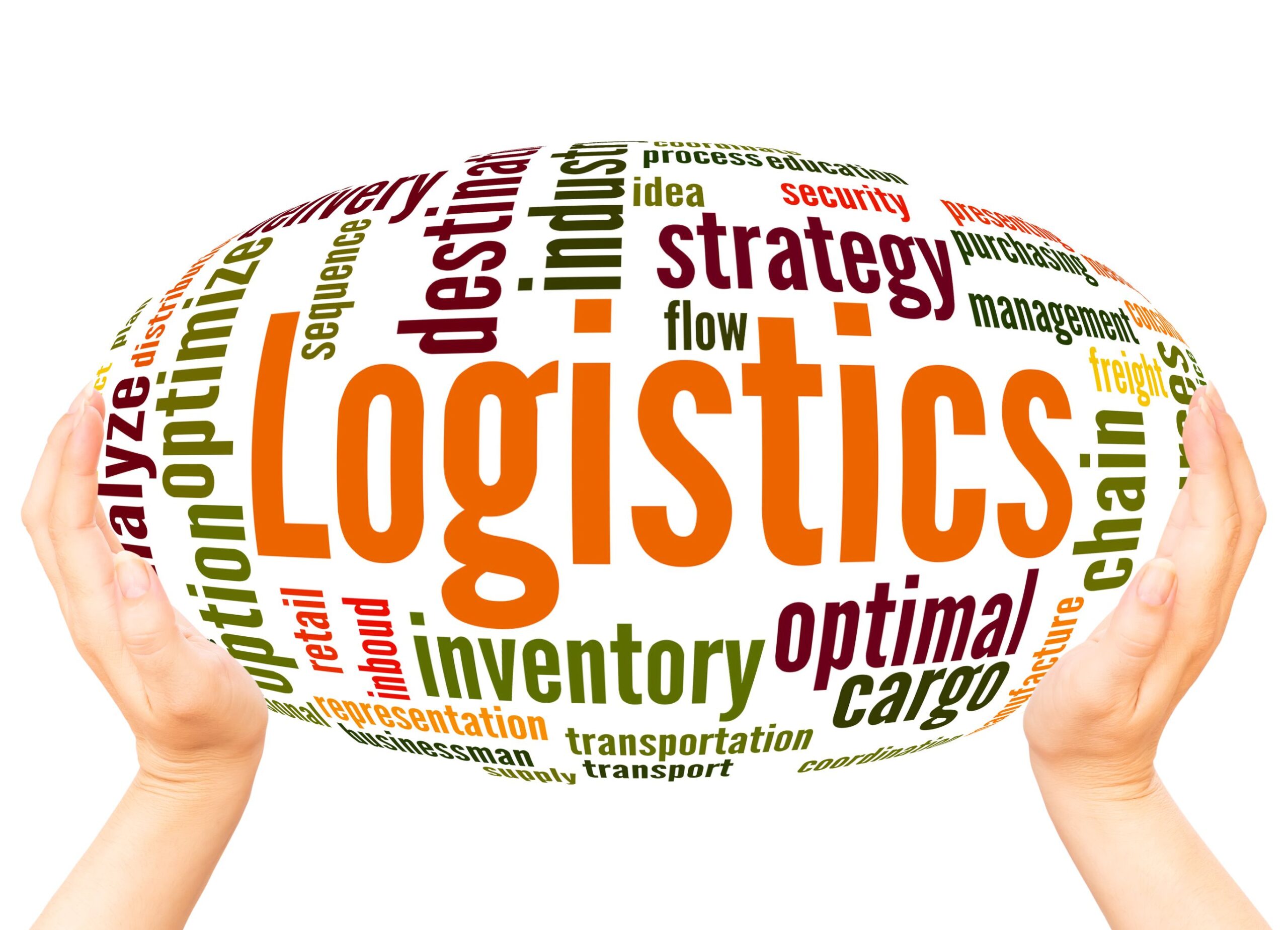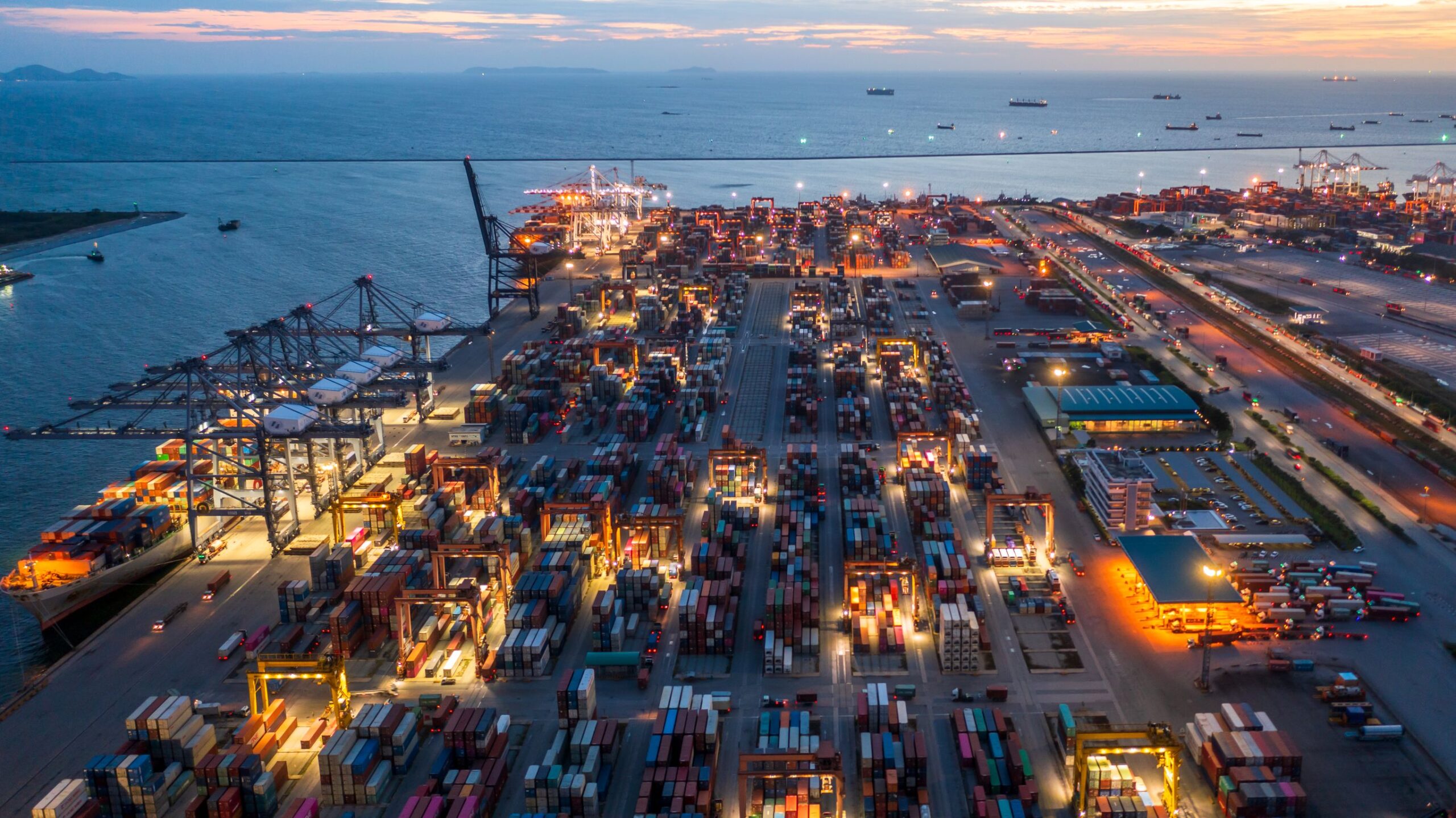The pressure to build more sustainable supply chains is no longer a distant goal; it’s a present-day imperative. For logistics managers and supply chain leaders, this means moving beyond broad commitments to implementing tangible, impactful strategies. One of the most promising developments in this area is the establishment of green freight corridors. These dedicated routes, supported by advanced technology and collaborative partnerships, offer a practical blueprint for reducing emissions, enhancing efficiency, and building a more resilient logistics network.
This article explores the rise of eco-logistics trends, with a deep dive into what green freight corridors are and how they function. We will cover the enabling technologies, the role of data optimization, and the policy frameworks making these green freight corridors possible. Most importantly, we will outline how LCX Freight is leveraging these innovations today to help shippers like you achieve your sustainability goals while strengthening your bottom line.
What Exactly Are Green Freight Corridors?
At its core, green freight corridors are specific shipping routes where technological and operational measures are concentrated to reduce the environmental impact of moving goods. Think of green freight corridors as designated highways for low-emission logistics. These corridors connect major economic hubs, ports, and distribution centers, but with a critical difference: they are optimized for sustainability.
This optimization involves a multi-faceted approach, including:
- – Low-Emission Fuels and Vehicles: Prioritizing trucks, ships, and trains that run on alternative fuels or electricity.
- – Intermodal Efficiency: Seamlessly integrating different modes of transport—like rail, sea, and road—to use the most fuel-efficient option for each leg of the journey.
- – Infrastructure Support: Building out charging stations for electric vehicles, alternative fueling depots, and port facilities designed for eco-friendly vessels.
- – Data-Driven Operations: Using advanced analytics to optimize routes, consolidate loads, and minimize empty miles.
By focusing efforts on these high-traffic routes, the industry can achieve significant emissions reductions more quickly and efficiently than with scattered, uncoordinated initiatives.
The Triple Bottom Line: Benefits of Green Logistics
Adopting strategies centered around green freight corridors offers more than just environmental benefits. It provides a powerful business case built on efficiency, resilience, and long-term cost savings.
1. Measurable Emissions Reduction
The primary goal is to decarbonize transportation. By shifting to alternative fuels like renewable diesel or sustainable aviation fuel (SAF) and leveraging electric or LNG-powered vehicles, companies can dramatically cut their Scope 3 emissions. This is crucial for meeting corporate sustainability targets and regulatory requirements.
2. Enhanced Operational Reliability
Green freight corridors are often pioneers in adopting new technologies and streamlined processes. This leads to more predictable transit times, reduced congestion at ports, and smoother handoffs between different transport modes. The result is a more reliable and resilient supply chain that is less susceptible to disruptions.
3. Long-Term Cost Optimization
While some green technologies require an initial investment, they deliver substantial savings over time. Fuel-efficient vehicles consume less, optimized routes reduce mileage, and load consolidation lowers the cost per unit shipped. Moreover, as carbon taxes and stricter emissions regulations become more common, proactive adoption of green logistics can help you avoid future compliance costs and penalties.
The Technology Powering Eco-Logistics
The transition to sustainable freight is driven by a suite of powerful technologies. These innovations are the building blocks of effective green freight corridors and are central to how LCX Freight designs modern logistics solutions.
The Intermodal Advantage
Moving goods long distances isn’t just about trucks. Intermodal transport—rail, ocean, and road—is key to eco-logistics and developing green freight corridors. Rail is about four times more fuel-efficient than trucking for long hauls. We identify opportunities to shift freight from road to rail for the longest part of its journey, using trucks only for the first and final miles.
Rise of Alternative Fuels and Powertrains
- – Renewable Diesel & Biofuels: These “drop-in” fuels can be used in existing diesel engines without modification, providing an immediate way to lower the carbon intensity of road freight.
- – Sustainable Aviation Fuel (SAF): For urgent air freight, we partner with carriers investing in SAF, which can reduce lifecycle greenhouse gas emissions by up to 80% compared to conventional jet fuel.
- – Liquefied Natural Gas (LNG): For maritime and some heavy-duty trucking applications, LNG serves as a transitional fuel that emits significantly less CO2, nitrogen oxides, and particulate matter than traditional bunker fuel or diesel.
- – Electric Vehicles (EVs): While long-haul electric trucks are still emerging, electric yard tractors are already revolutionizing operations within distribution centers and port terminals, eliminating localized emissions entirely.
The Unseen Engine: Data, Optimization, and Smart Planning
Technology isn’t just about the vehicles; it’s also about the intelligence behind them. Data optimization is what transforms a collection of green assets into a truly efficient network.
- – Transportation Management Systems (TMS): A modern TMS is the command center for green logistics. It provides visibility into every shipment, enabling smarter decisions about routing, carrier selection, and mode optimization.
- – Advanced Route Planning: Our systems analyze dozens of variables—including traffic patterns, weather, road gradients, and delivery windows—to plot the most fuel-efficient route for every single shipment.
- – Load Consolidation and Backhauls: The single biggest source of waste in trucking is empty miles. Our logistics experts use data to consolidate less-than-truckload (LTL) shipments into full truckloads and identify backhaul opportunities, ensuring that trucks are running full in both directions. This simple strategy significantly reduces cost and emissions per item shipped.
Policy and Partnerships: Building the Framework
Green freight corridors don’t happen in a vacuum. They are the result of strategic collaborations between public and private sector entities.
- – Ports as Green Hubs: Leading ports are investing heavily in sustainability, offering shore power for docked vessels (cold ironing), prioritizing low-emission trucks, and digitizing processes to reduce idling times. [External source: Port of Los Angeles Sustainability Programs](https://www.portoflosangeles.org/environment/sustainability)
- – Carrier and OEM Alliances: We partner with carriers who are early adopters of green technology and work with original equipment manufacturers (OEMs) to understand the pipeline of next-generation vehicles.
- – Government Initiatives and Standards: Programs like the EPA SmartWay program provide a framework for carriers to benchmark their efficiency and improve performance. [External source: EPA SmartWay](https://www.epa.gov/smartway) Global standards like the GLEC Framework also help standardize carbon accounting across the supply chain. [External source: GLEC Framework](https://www.smartfreightcentre.org/en/how-to-implement-glec-framework/)
How LCX Freight Delivers on Eco-Logistics Today
At LCX Freight, sustainability isn’t a future-state ambition; it’s embedded in how we operate. We partner with shippers to design and execute logistics strategies, including the development of green freight corridors, that are both cost-effective and environmentally responsible. Our approach to creating cleaner supply chains rests on several key pillars:
- – Intelligent Lane Design: We analyze your shipping lanes to identify opportunities for mode shifting, consolidation, and the use of green freight corridors.
- – Rigorous Carrier Vetting: We prioritize carriers in our network who demonstrate a commitment to sustainability, invest in modern, fuel-efficient fleets, and participate in programs like SmartWay.
- – Carbon Visibility Reporting: We provide you with data-driven reports on your shipping emissions, helping you track progress against your sustainability KPIs and identify hotspots for improvement. You can’t manage what you don’t measure.
- – Strategic Consolidation: Our consolidation programs for LTL and partial truckload shipments are a primary driver of efficiency, reducing the number of trucks on the road and lowering your carbon footprint.
- – Smart Warehousing and Packaging: We advise on warehouse placement to reduce transit distances and consult on packaging optimization to maximize load density, further minimizing waste and fuel consumption.
- – Optimized Returns Management (Reverse Logistics): A well-managed returns process can consolidate shipments and reduce the environmental impact of reverse logistics, contributing to the development of green freight corridors and turning a cost center into an efficiency gain.
Ready to see how these strategies can be applied to your specific shipping needs? Contact an LCX Freight expert today at lcxfreight.com to start the conversation.
Case Vignette: Greening the Retail Supply Chain
A mid-sized retailer was shipping products from a West Coast import facility to distribution centers in the Midwest and on the East Coast, relying exclusively on long-haul trucking. This resulted in high costs and a significant carbon footprint.
By partnering with LCX Freight, we redesigned their network using green freight corridors. We implemented an intermodal strategy where containers were moved by rail from the West Coast to central hubs in Chicago and Atlanta. Trucks were used only for the final delivery to the DCs. We also consolidated their LTL shipments into multi-stop full truckloads.
The result? The shipper reduced their transportation costs by 18% and cut their related carbon emissions by over 30%. This demonstrates the powerful, immediate impact of applying eco-logistics principles.
A Shipper’s Playbook for Sustainable Freight
Ready to start your journey? Here is a step-by-step playbook for integrating green logistics into your operations.
- Benchmark Your Baseline: First, understand your current carbon footprint. Use a carbon calculator or partner with a logistics provider like LCX Freight to analyze your historical shipping data.
- Identify High-Impact Lanes: Focus on your highest-volume shipping lanes. These offer the greatest potential for emissions reduction through mode shifting or carrier optimization.
- Collaborate with Your Logistics Partner: Work with your 3PL to explore options. Ask about their carrier sustainability programs, their TMS capabilities, and their experience with intermodal shipping and green freight corridors.
- Set Clear KPIs: Establish specific, measurable, achievable, relevant, and time-bound (SMART) goals for emissions reduction. Key Performance Indicators (KPIs) could include:
- – Carbon emissions per ton-mile
- – Percentage of freight moved via intermodal
- – Empty mile percentage
- – Adoption of carriers with high SmartWay scores
- Pilot and Scale: Start with a pilot program on one or two lanes. Measure the results, refine your approach, and then scale the successful strategies across your network.
Mitigating Risks on the Road to Green
The transition to sustainable freight is not without challenges. Potential risks include higher upfront costs for new technologies, limited infrastructure (e.g., EV charging on long-haul routes and the development of green freight corridors), and the evolving nature of regulations.
The key to mitigation is strategic partnership. By working with an expert logistics provider, you can gain access to a network of vetted, eco-conscious carriers without bearing the full cost of asset ownership. A knowledgeable partner can also help you navigate the complex landscape of grants, incentives, and changing regulations, ensuring your strategy is both future-proof and financially sound.
The Future Outlook: A Fully Integrated Green Network
The concept of green freight corridors is just the beginning. The future of logistics is a fully integrated, data-driven, and decarbonized global network. We anticipate greater collaboration between governments to establish international green shipping routes, further advancements in hydrogen and electric powertrain technology, and the use of AI and machine learning to create self-optimizing supply chains.
The journey toward a zero-emission freight sector is a marathon, not a sprint. But the steps we take today—by embracing intermodal transport, optimizing routes, and championing green freight corridors—are building the foundation for a cleaner, more efficient, and more resilient global supply chain.
Let LCX Freight be your guide on this journey. Our expertise in technology, carrier management, and network design can help you achieve your sustainability goals while driving real business value.
Speak with an LCX Freight solutions expert today at lcxfreight.com and start building a smarter, greener supply chain.




